CJ Connor is a cozy mystery and romance writer whose main goal in life is to make their dog proud. They are a Pitch Wars alumnus and an Author Mentor Match R9 mentor. Their debut mystery novel BOARD TO DEATH is forthcoming from Kensington Books. Twitter: @cjconnorwrites | cjconnorwrites.com
When I face challenges I don’t know how to deal with alone, I often visit the library. Reading up on the issue helps me feel less alone and provides strategies from experts on how to work through it. This is especially true when I’m struggling with my mental health, which can feel otherwise inescapable–the problem is quite literally in your head.
Chronic stress or anxiety can be exhausting. It’s also a common human experience that once equipped with coping tools, you can learn to manage. These six book recommendations share helpful strategies for dealing with stress and anxiety. None of them are a replacement for therapy or medication, nor do they offer “quick fixes.” But they can help you better understand what you’re going through and give you ideas for seeking treatment.
Keep reading for an excerpt discussing why it’s worth pursuing “underconsumption” in your reading life!
True Story
Sign up for True Story to receive nonfiction news, new releases, and must-read forthcoming titles.
The Deepest Well: Healing the Long-Term Effects of Childhood Adversity by Nadine Burke Harris
Survivors of adverse childhood experiences (ACEs) can develop toxic stress, which is when their stress response is activated for so long that they experience physical and psychological symptoms. In The Deepest Well, Dr. Nadine Burke shares insights for helping children and adult survivors heal from trauma.
If you’re interested in reading about treatment for childhood trauma, I also recommend Stephanie Foo’s What My Bones Know about her experience with complex post-traumatic stress disorder.
Hope and Help for Your Nerves by Claire Weekes
This is one of the oldest and highest-reviewed books about relieving anxiety. There’s good reason for it. Dr. Claire Weekes was a revolutionary figure in anxiety treatment. Her strategies included helping people recognize what is happening in the body when they experience anxiety. By taking the fear out of seemingly scary symptoms like a racing heart or hyperventilation, she teaches how to calm the nervous system.
When Panic Happens: Short-Circuit Anxiety and Fear in the Moment Using Neuroscience and Polyvagal Theory by Charles Schaffer
The first few times I had a panic attack, I thought I was dying. That’s not uncommon, as the emotions and physical symptoms of a panic attack can be overwhelming. Dr. Charles Shaeffer is a clinical psychologist who specializes in treating panic disorders. In this guide, he gives readers tools to regulate their nervous system and reduce panic attacks over time.
As a related recommendation, Dare: The New Way to End Anxiety and Stop Panic Attacks by Barry McDonagh is also helpful for taking the fear out of panic symptoms and facing them head-on.
The Book of Alchemy: A Creative Practice for an Inspired Life by Suleika Jaouad
If you’re overwhelmed, writing down your worries or stressors can be both cathartic and help you process them. In The Book of Alchemy, Suleika Jaouad shares personal insights and strategies from Hanif Abdurraqib, George Saunders, Esther Perel, and others on how to start and get the most out of your journaling practice.
Do Nothing: How to Break Away from Overworking, Overdoing, and Underliving by Celeste Headlee
This recommendation is especially helpful for readers whose stress comes from chronic burnout. If you’re constantly searching for the “cure” to your stress on top of everything else you have to do, your efforts may be counterproductive. Journalist Celeste Headlee shares strategies for getting quality rest and making time for connection.
As an autistic reader, I’ll add a caveat that the experience of autistic burnout may require more targeted strategies. In that case, the Autistic Burnout Workbook by Dr. Megan Ana Neff–herself a neurodivergent psychologist–is a helpful resource.
You Are Not Your Brain by Dr. Jeffrey M. Schwartz and Dr. Rebecca Gladding
I recommend this last book as someone who has lived with obsessive-compulsive disorder since I was a child and experiences flare-ups from time to time. Clinical psychiatrist Jeffrey M. Schwartz’s book Brain Lock is very useful for reducing intrusive thoughts and compulsions over time based on the science of neuroplasticity. It was life-changing for me. You Are Not Your Brain has a broader focus, helping readers deal with generalized anxiety and negative thinking patterns using similar strategies as his OCD patients.
In the midst of a mental health crisis, you may be too overwhelmed or burned out to read. That’s okay, too. This guide on how and what to read during mental health challenges may be helpful. It includes ideas for books that may be more approachable and offer you a temporary escape if you need it, like puzzle books, graphic novels, and thrillers.
For more recommendations, read these 7 Books for Better Mental Health, including Real Self-Care by Pooja Lackshmin.
The following comes to you from the Editorial Desk.
This week, we’re highlighting a post discussing why it’s worth pursuing “underconsumption” in your reading life. In this era of amassing special and deluxe editions and crowding your shelves for the Tok, challenge yourself to consider a scaled-back approach to the bookish life. Read on for an excerpt and become an All Access member to unlock the full post.
One of the things that has provided some comfort for me during the recent horrors is underconsumption content on TikTok. Whether it’s Project Pan or the fact that, according to the Fashion Transparency Index, there is currently enough clothing on earth to clothe the next six generations, it’s a welcome break from being told what I should be buying. As a child, I used to adore watching TLC’s Clean Sweep. As an adult, I think I could probably stand to put all of my possessions out on a tarp on the lawn every so often. TikTok is an engine for consumerism, but somehow, it’s managed to plant a seed in my brain that goes against its own interests.
The why of underconsumption is a belief that we simply do not need all of the things that we have. It’s also a good way to build a practice of taking a breath before we chase that dopamine high of buying a new thing, of finding joy in the things that we create for ourselves. It’s made me look at how many of my hobbies don’t lead to the creation of anything new, not even ideas.
Of course, for some of us, underconsumption is an economic necessity. Most of us don’t live the lives we see reflected on our various feeds. With the will-they-or-won’t they of massive tariffs on many products coming in from other countries, the reality is that things are likely to get more expensive. This “trend” is really just showing how to make the most of what you have. Many books on shelves in the United States are printed in China, but are currently exempt from tariffs.
Why am I ruining a pure, good thing for you in these times, you ask? I’m going to try not to. I am simply here to offer suggestions that I myself will have trouble following. We strive for progress and not perfection. I am pretty sure that if I deleted the Libby app right now, heaven forbid, I would have enough unread books in my home to get me through an entire calendar year.
Sign up to become an All Access member for only $6/month and then click here to read the full, unlocked article. Level up your reading life with All Access membership and explore a full library of exclusive bonus content, including must-reads, deep dives, and reading challenge recommendations.

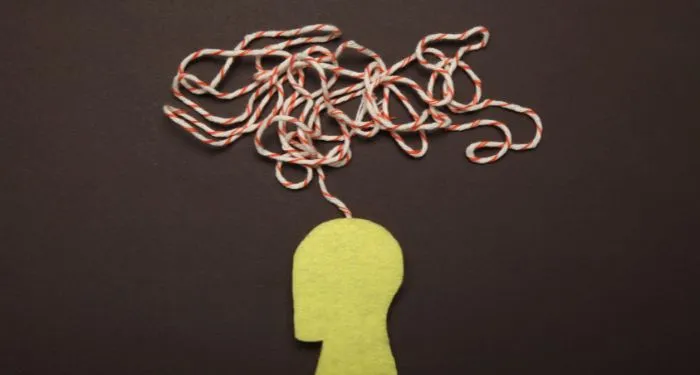



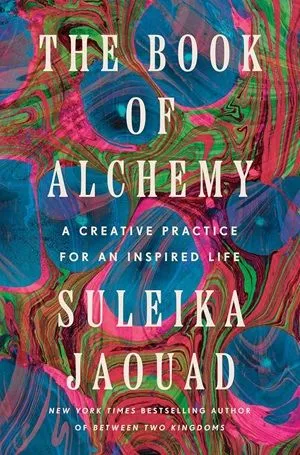





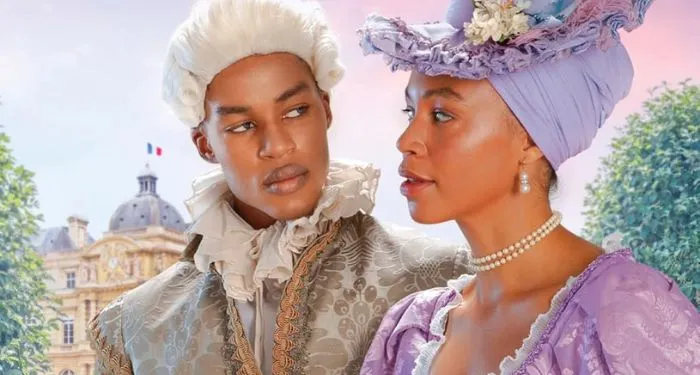
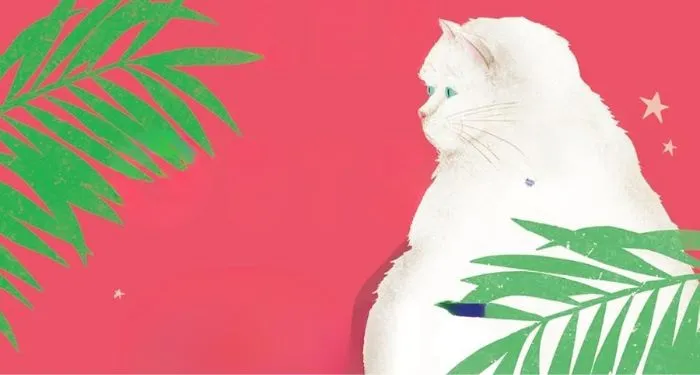

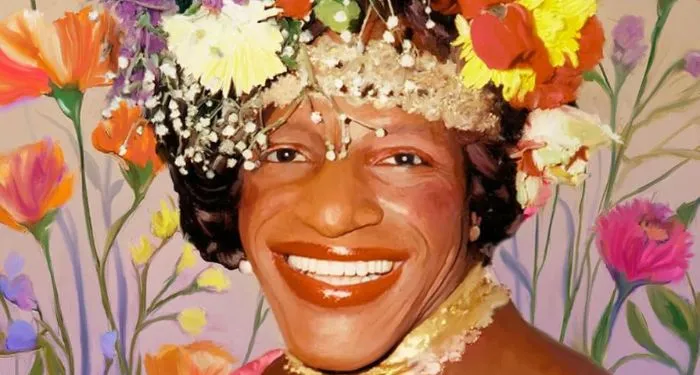





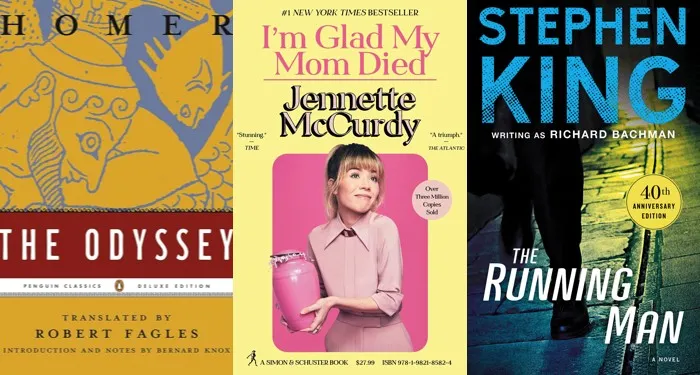





 English (US) ·
English (US) ·